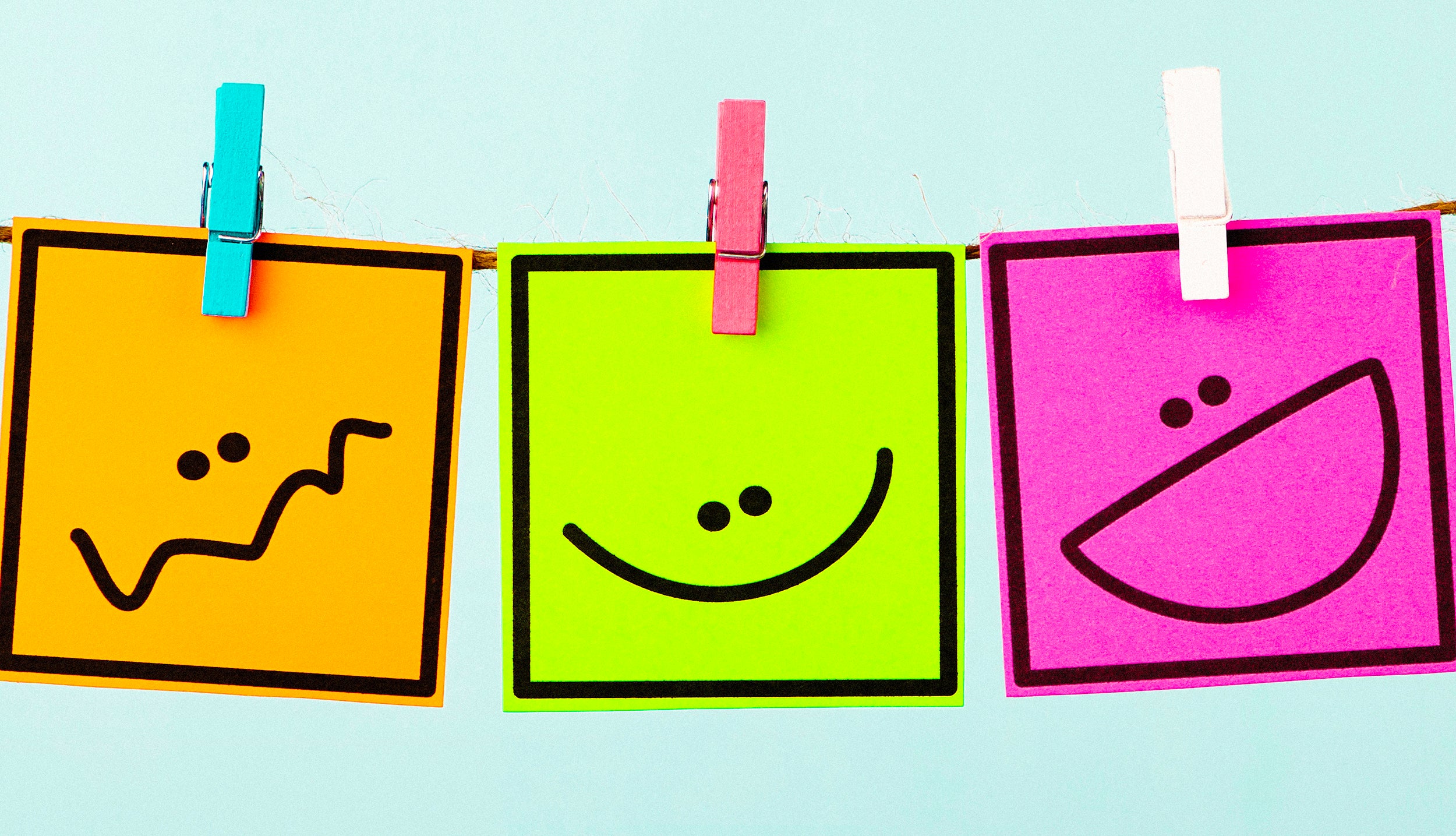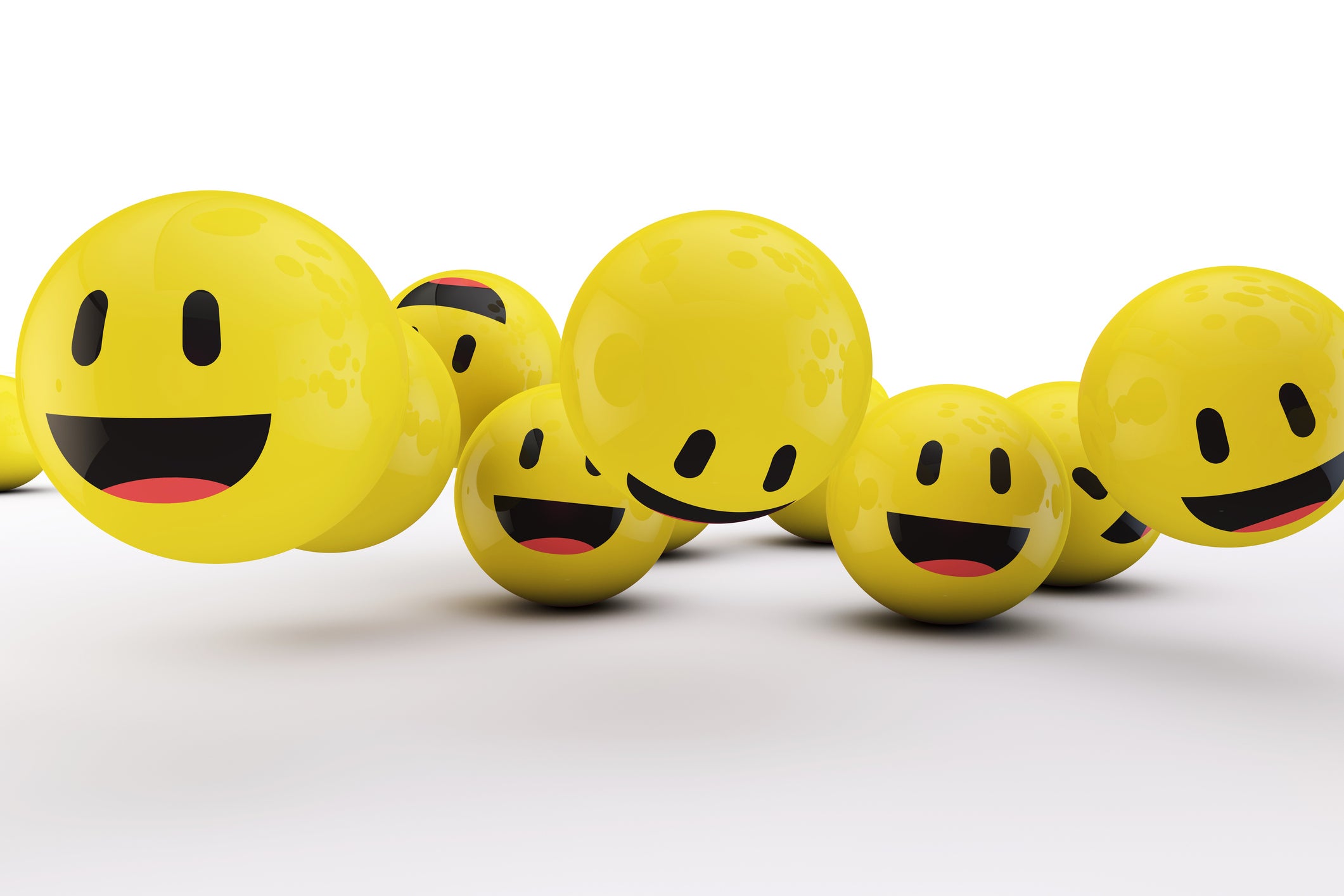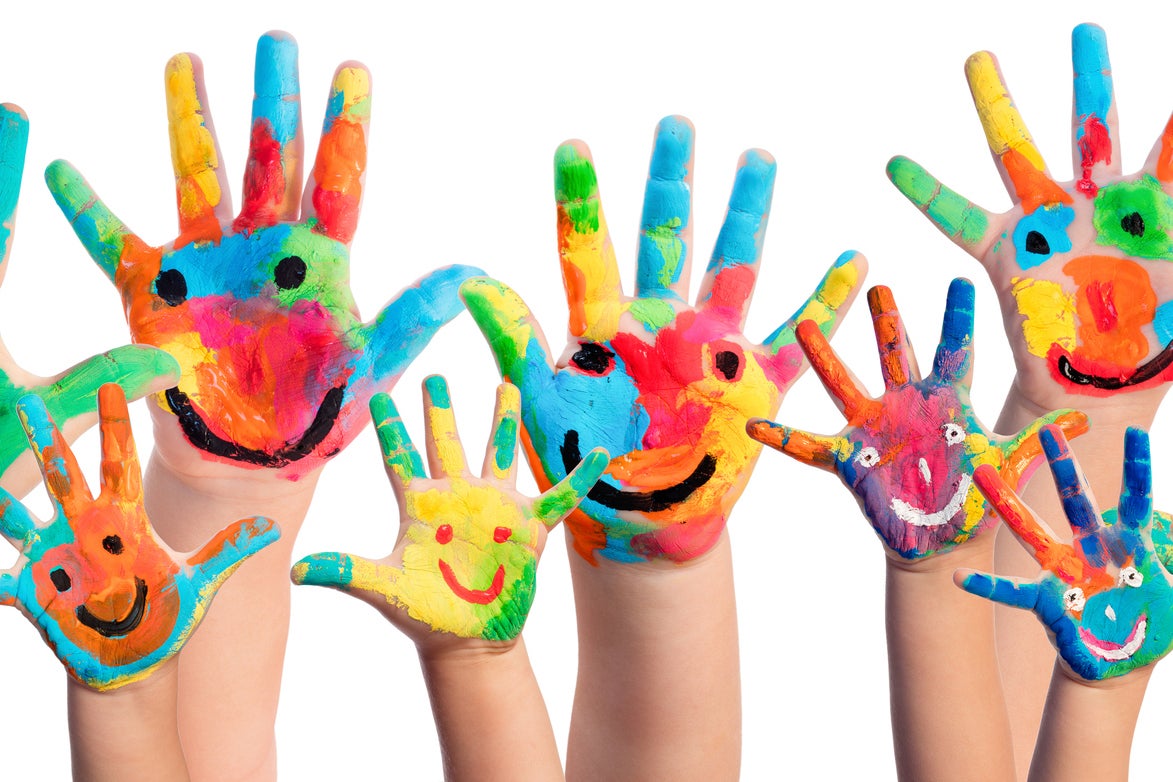Laugh and the world laughs with you. Type 'ha,' not so much
From a spirited ‘HAHAHA’ to a condescending ‘ha’, the nuances in digital and textual laughter convey real meaning, sending important micromessages to our conversation partner

It was early in our courtship that I realised the guy I was dating, with whom I now cohabit, wasn’t laughing at my jokes. Well actually, he may have been laughing at my jokes, and in fact I thought he was laughing at my jokes, because he consistently responded with boisterous “HAHAHAs” to my humorous text messages.
It was flattering. Except when I made a joke that clearly wasn’t that funny – perhaps only worthy of a single “ha” – and suddenly it dawned on me that his typical HAHAHA reply (that’s three HAs, no spaces, all caps) was formulaic. Which could mean only one thing: this was not indicative of an actual measurement of laughter, but merely of the autocorrect function on his phone that had memorised a HA sequence. I was the idiot thinking I was hilarious and he was just sooo into me.
Textual representations of laughter go back at least to Chaucer, who fancied the onomatopoeic “haha” to convey merriment in his writing. (Shakespeare preferred a more staccato “ha, ha, he.”) But neither Chaucer nor Shakespeare could have predicted the universe of meaning that now exists in the subtle nuance between those two expressions. These days, a HAHAHA versus a ha in a text can indicate the difference between “I’m dying laughing” and “I literally never want to see you again”.
In an era when “Moby Dick” can be rewritten in emoji, it makes sense that a few HAs provoke such close scrutiny. Laughter, linguists will tell you, establishes closeness and conveys meaning. It sends micromessages to our conversation partner through length, tone, intonation and facial expressions. “It does the work of establishing cohesion,” says Michelle McSweeney, a research scholar at Columbia University who studies digital communication. “To say, ‘I feel comfortable enough around you to laugh’.”

And since we can’t crack up, lose it, giggle, guffaw, snort, break into hysterics, snicker, chuckle or simply nod and smile on text, we’ve had to come up with a host of different ways to get across what we mean.
Take hahaha, which we’ll call basic laughter. It’s actually anything but basic, with the ability to shorten (haha), lengthen (hahahahahaha), capitalise (HAHAHA), punctuate (Ha!), elongate (Haaaaaaaaa), or replace with an “e” (hehe) – though, realtalk, The New Yorker may have called hehehe a “younger person’s e-laugh”, but ask any actual young person today and his or her response is likely to be “ew”. (Heh, however, is acceptable.)
Then of course there is LOL, for “laugh out loud”, which actually means the opposite, because nobody using LOL has actually laughed out loud since at least 2015. “It’s like saying ‘k’,” says Sharon Attia, a 22-year-old college senior, noting that a single ha is also pretty much the equivalent to giving someone your best resting bitch face.
Variations to LOL (or lol, as it may be) include the phonetic “lul”, or “the cool girl’s el-oh-el”, as Attia describes it, which is “like a blase-inspired ‘lol’ – as if I am acknowledging that this is humorous but do you really have nothing better to do than text me about it?” There is also lollerskates, lollercoaster, loltastic, words that are “fantastically creative”, as the linguist Gretchen McCulloch has written, but “ring vintage early 2000s”. Another expansion, she noted, is lolz or lulz – “but it’s more of a noun than an emotive response”, as in “so many lulz” (pronounced “lawlz”).
LOL was among the most common online “laughs” used on Facebook, according to a 2015 study by the company. It is used in English, Spanish and French, all in the form of “lol”. (And no, Mum, once and for all it does not mean “lots of love”.)
Another variation on haha includes “haha?” It is intended for that friend who texts you the inappropriate joke, when you’re not sure if you’re supposed to laugh or perhaps when the inappropriate joke was yours. There’s ha ha ha (note the spaces) as a way to indicate what my 13-year-old self might have referred to as “hardy har har” – or, very funny – NOT. And the more mischievous mwahahaha or bahahaha. And of course there is an emoji ha – which is crying tears of laughter and should not be confused with the crying tears of sadness that is apparently the most commonly used emoji on Instagram.
“I have one friend I was convinced was autocorrecting hahaha to Bahahaha, but really it was purpolaughseful, just a little micronuance to her digital laugh,” says Ilana Webber, a 31-year-old musician in New York. “I like it because it’s a serious laugh. Like, I’m not screwing around with that laugh, I’m laughing.”
Webber adds: “It’s for more deserving instances, I think. Or potentially if I want to make the other person feel good even if it’s not that worthy.”
Like any dialect, electronic laughter has evolved. The first usage of LOL appeared in a Canadian chat room 27 years ago, coined by a man who described it as a response to a joke by a friend named Sprout. It was “so funny”, the man explains in a blog post, “that I found myself truly laughing out loud, echoing off the walls of my kitchen”. ROFL (rolling on the floor laughing) and ROFLOL (rolling on the floor laughing out loud) followed LOL some time in the early 1990s. By 2015, when Facebook conducted a study of e-laughter on its platform, haha and hehe, followed by the laughing emoji, were among the most common types of laughs.
One of my friends, noting that the internet “is so weird”, says that one time she and a friend of hers made up “IATFLI” and tried to popularise it. That is: I’m about to lose it, along with a word we cannot print. But they couldn’t make IATFLI happen.

It’s striking how little of this online “laughter” has to do with humour. These days, linguists might say online laughter has more of a “discourse function”, says McSweeney, who analysed 45,000 text messages from bilingual young adults, noting that 14 per cent of all the messages had LOL in them. As far back as 2008, a study of online language among teenagers published in the journal American Speech found that LOL had come to be used “as a signal of interlocutor involvement, just as one might say ‘mm-hm’ in the course of a conversation”.
McSweeney’s research, recently presented at the annual conference of the Linguistic Society of America, found that digital laughter can be used for among other activities flirtation, with a haha or a LOL acting as a kind of casual wink. (Him: “What are you doing?” Her: “Talking ... lol.” The subtext: “maybe about you!”)
There’s the laughter that hedges or softens what you might be saying. There’s laughter as turn-taking, the text equivalent of a pause to say, “Now you speak.” There’s also laughter as a way of showing empathy, the subject of a popular TED talk by the linguist John McWhorter. Imagine:
Colleague: Ugh, that meeting sucked.
You: lol I know.
Interestingly, McSweeney said, people don’t pick up each other’s digital laughter in quite the same way they do in real life; it is called “behavioural mimicry”.
“When it comes to texts, a ha-space-ha-er does not become a haha-er. An LMAO-er does not become a LOLer,” she says. “So online laughter is very much like a fingerprint, which is actually very much like real life. You recognise people’s laughs.”
Unless, of course, they’re being autocorrected by a robot.
© New York Times
Join our commenting forum
Join thought-provoking conversations, follow other Independent readers and see their replies
Comments